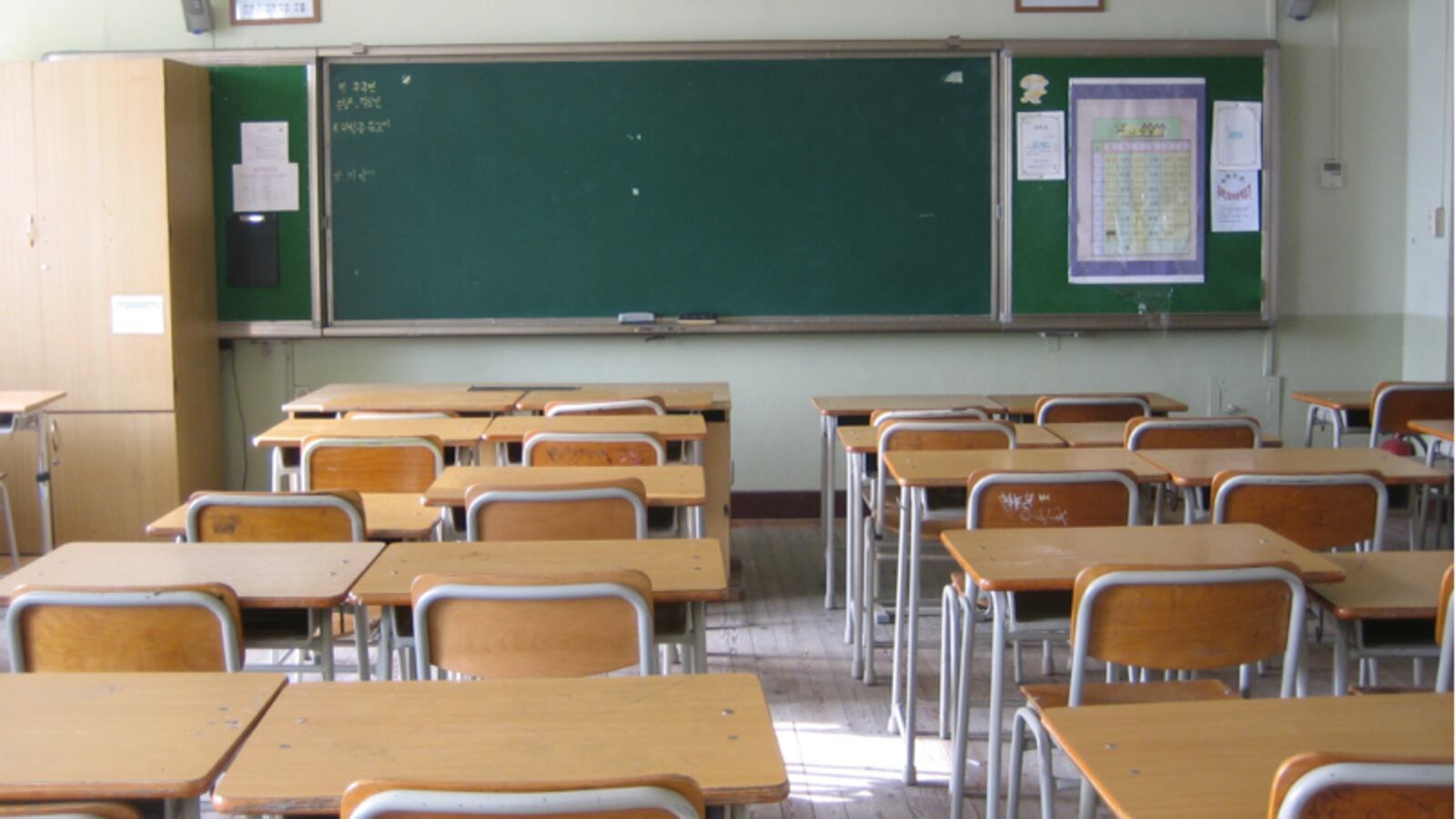Claire Sylvan first saw hints about how her New York City schools were about to change at a school more than 3,000 miles away.
Late last school year, she saw an uptick of unaccompanied minors enrolling at one of the west-coast schools in her Internationals Network for Public Schools. Then she began to see a higher number than usual in New York, where 15 of her network’s schools focus on serving immigrant students.
Of the flood of young migrants fleeing gang violence and extreme poverty in Central America — almost 40,000 came across the Mexican border between January and July, according to the Office of Refugee Settlement — more than 1,300 have ended up in New York City. As they wait for deportation hearings, the students, many with gaps in their formal education and suffering from post-traumatic stress disorder, are presenting a significant new challenge for city schools.
“They are going to be concentrated there, at schools,” Sylvan said, noting that the city is now tasked with figuring out how to provide those students with legal services, counseling, help learning English, and in some cases, literacy in any language. “How are you going to use the school as a hub for the services they are going to need?”
Brooklyn and the Bronx have received 362 and 347 students, respectively, and Manhattan has received 54 students. Queens has gotten the lion’s share of the children, with 578.
All have arrived in the U.S. alone or with other minors, and have been placed with family members, sponsors, or other care in the city. (Children as young as five years old have traveled with a one-year-old sibling, said one advocate with the New York Immigration Coalition. “It’s astounding.”)
The needs of many of these students are acute. At Flushing International High School in Queens, the staff began to prepare for the newest influx with a professional development session last week that covered how to identify symptoms of post-traumatic stress.
“We talked about the different ways trauma can show up in the classroom,” said Tania Romero, a social worker at Flushing, a school with experience enrolling unaccompanied minors, including those from conflict zones in Bosnia and parts of Africa. Staff members are on the lookout for students who might be quiet and depressed, or those who might act out with violence.
Some students may have experienced sexual trauma on their journey across the border, or may have spent weeks in the desert without much food or water, Romero said. Now, they also face uncertainty about whether they can stay in the U.S. or will be sent back to the place they fled.
But staff members are focused on understanding the symptoms of that trauma and some of what is happening in El Salvador, Honduras, and Guatemala. “Once you have that better understanding, you are more equipped to help those students,” Romero said.
In some ways, the city school system is well positioned to accommodate these students. About 14 percent of city students are English language learners, and nearly half of those were born outside the U.S.
Still, the new wave presents a bureaucratic challenge, since many will have no educational records, said Margie McHugh, director of the National Center on Immigrant Integration Policy at the Migration Policy Institute.
And it’s still unclear how well districts and teachers nationwide will be able to meet the needs of these students, whose literacy levels — and socio-emotional needs — should be assessed when they enter their schools.
“Obviously, there’s a lot of rough edges to this right now,” she said.
The city has signaled that it is taking some steps to meet those needs. The newly appointed head of the office of English language learners, Milady Baez, will focus in part on monitoring the needs of these minors, the department said in a statement. The education department is also part of an interagency task force looking at their needs, though city officials from the mayor’s office and the education department declined to say what that group was working on. Sylvan also said she had spoken with Chancellor Carmen Fariña about sharing ideas from the Internationals network with the rest of the department.
Meanwhile, schools are continuing to see an influx of these high-need students.
“At a network level, we are certain we have well over 150 kids,” said Sylvan, citing a figure that includes children who arrived toward the end of last school year. “It goes up daily.”
Emma Sokoloff-Rubin contributed reporting.

